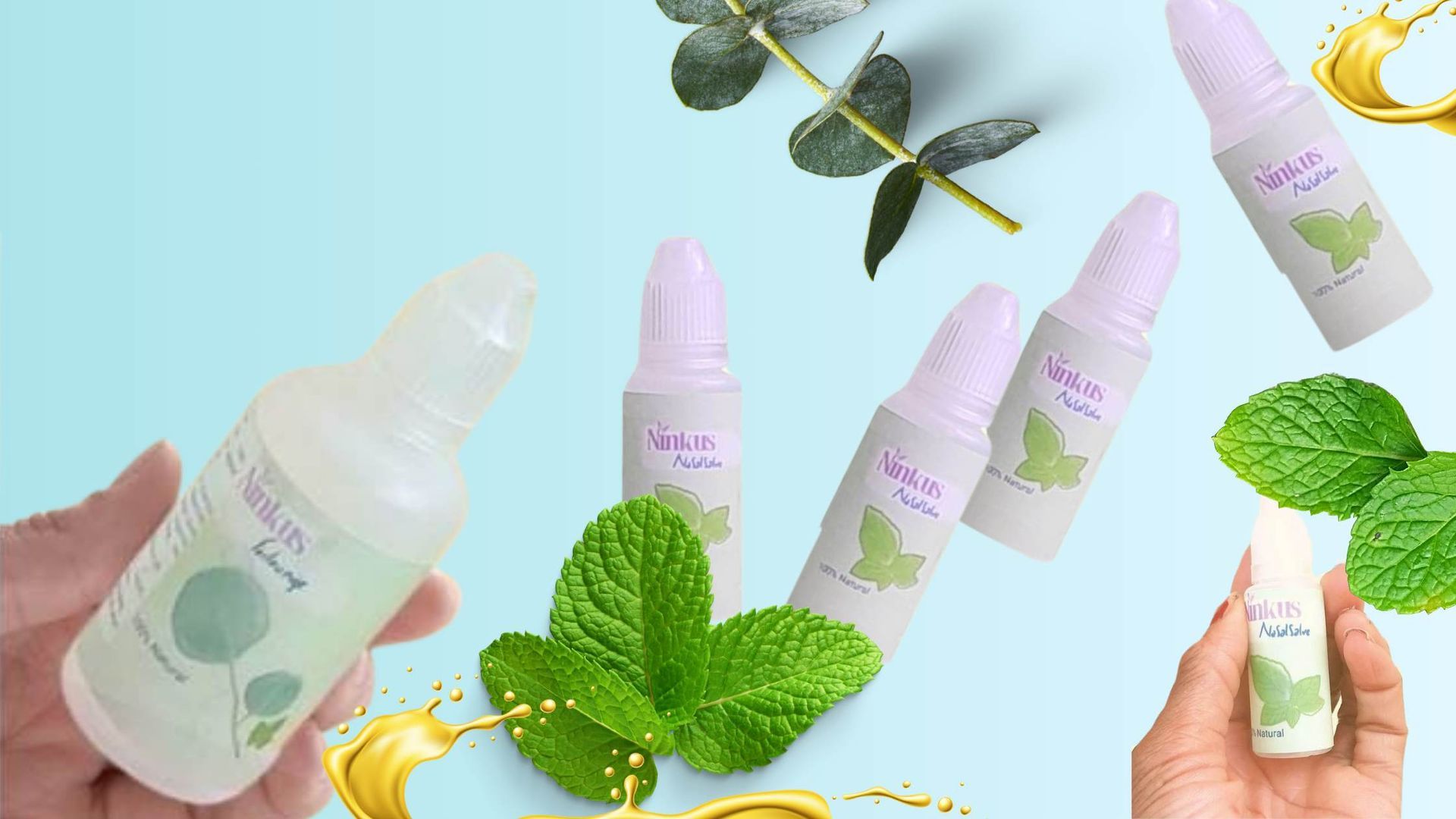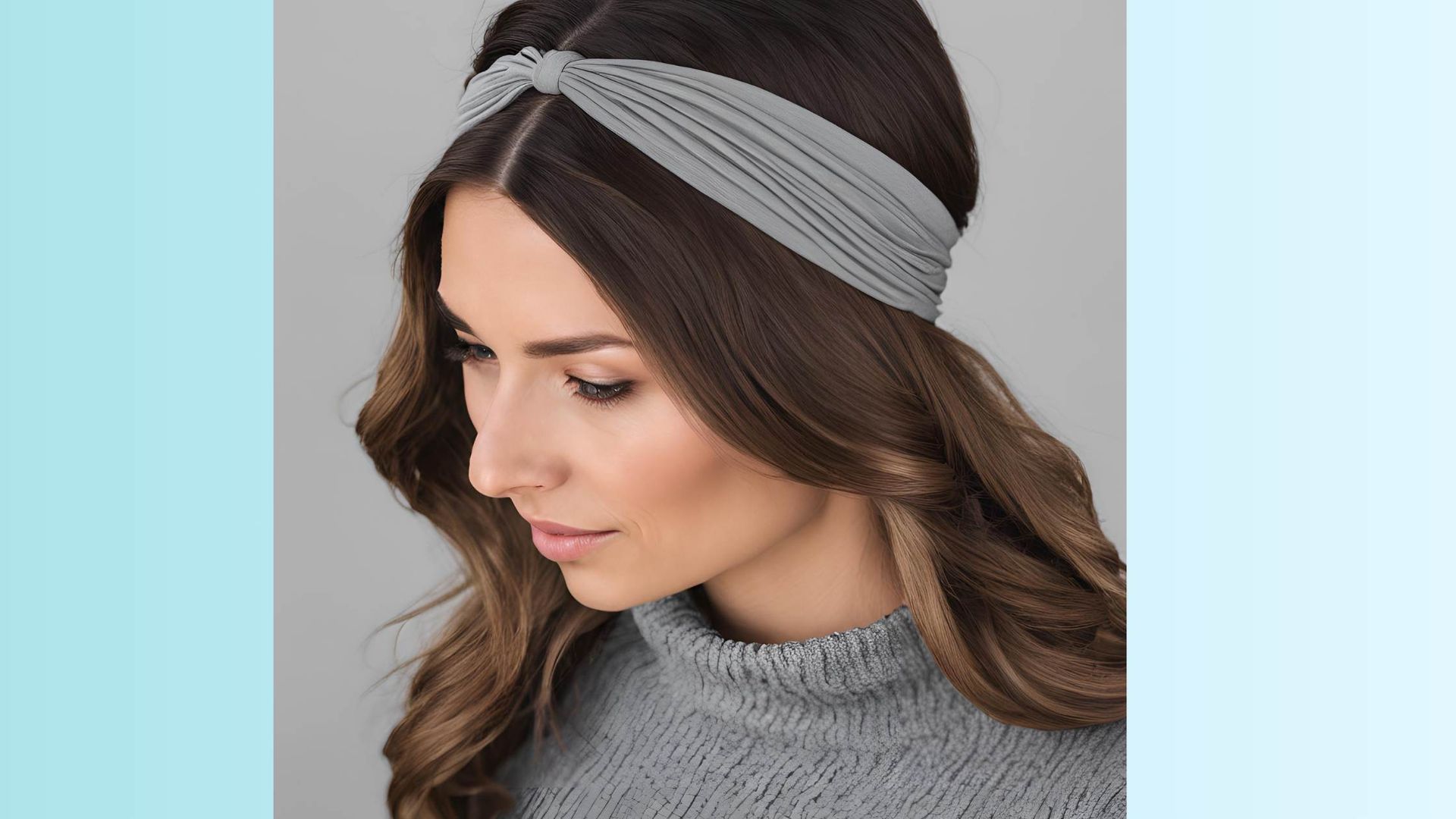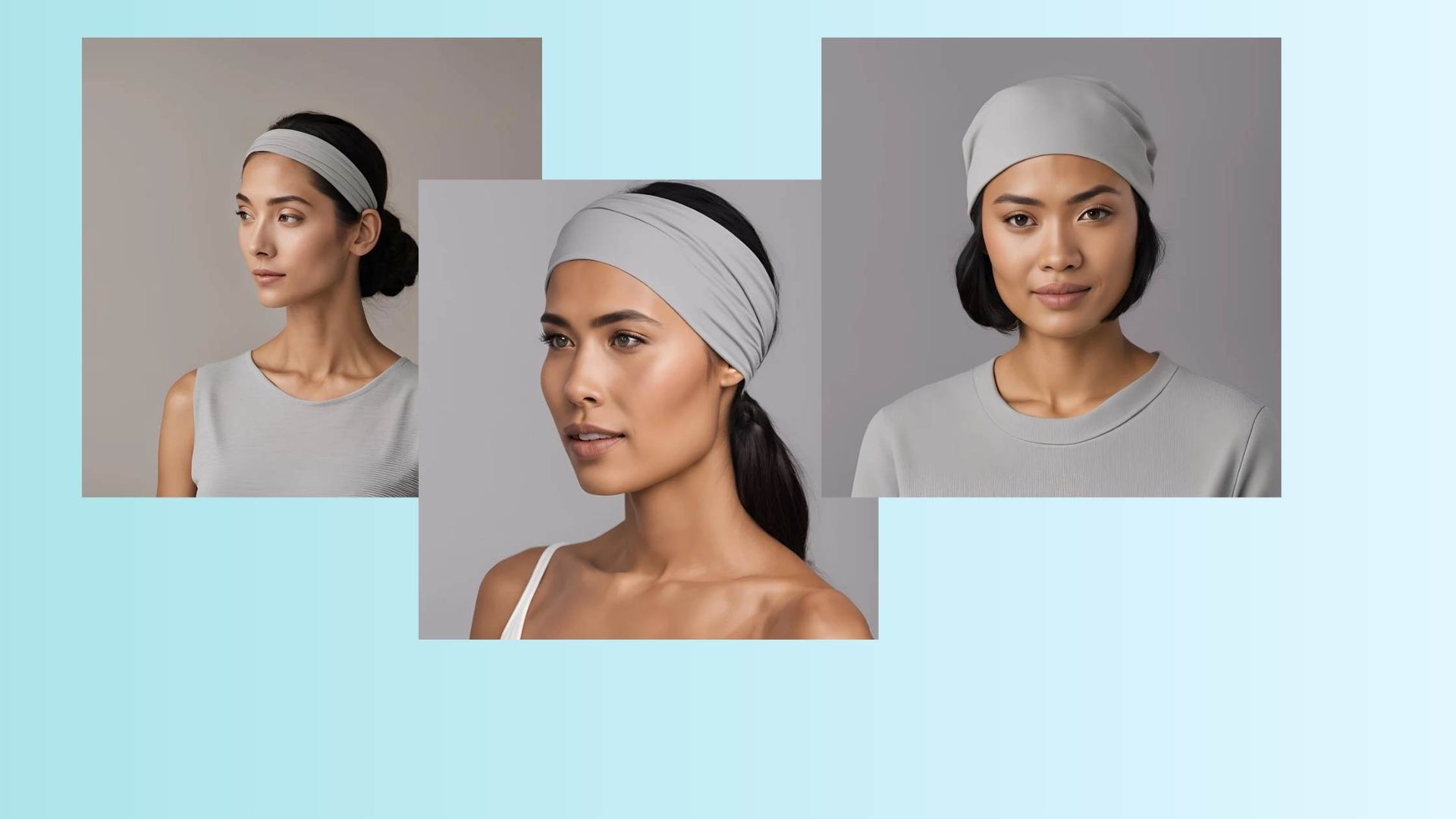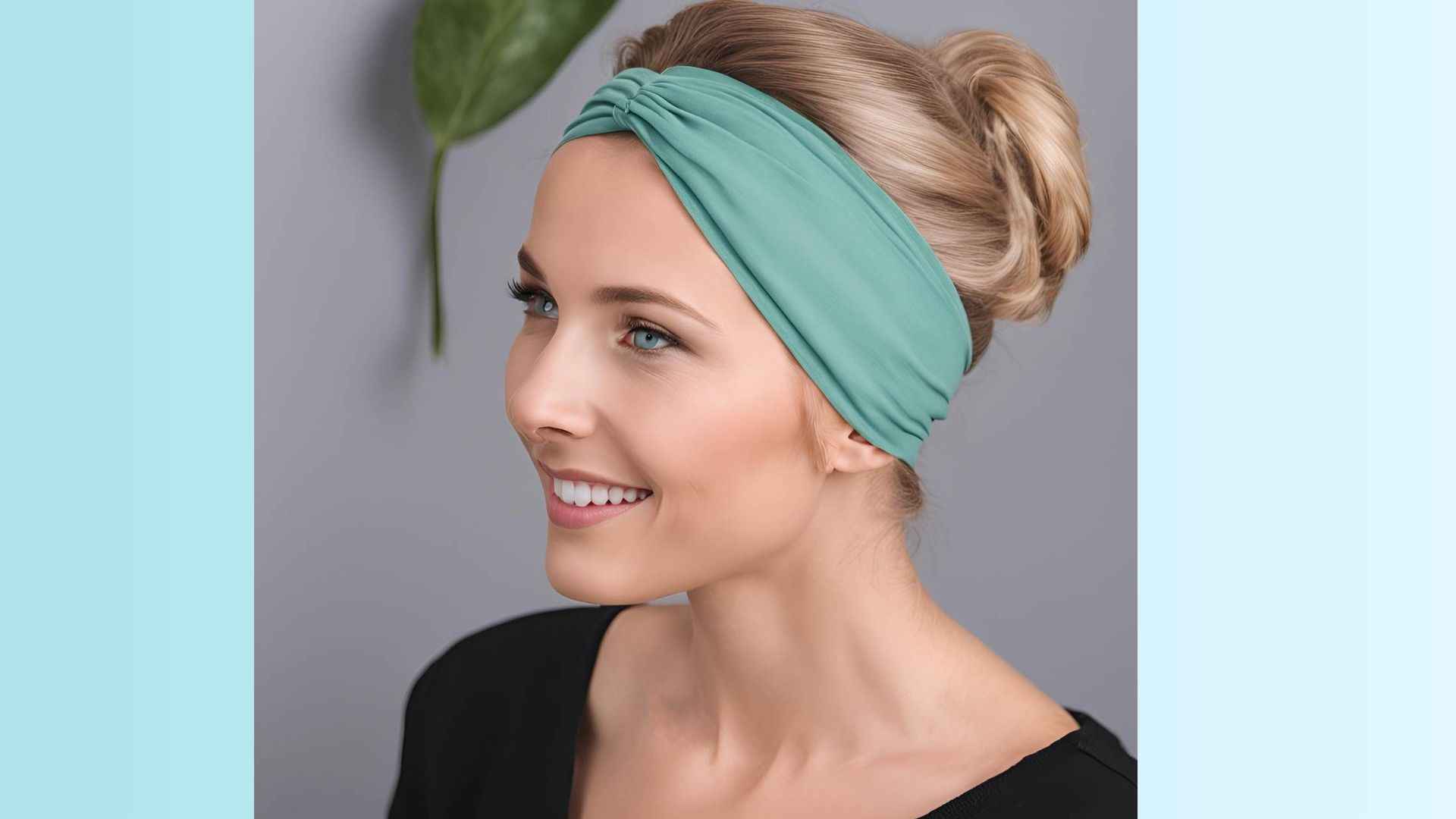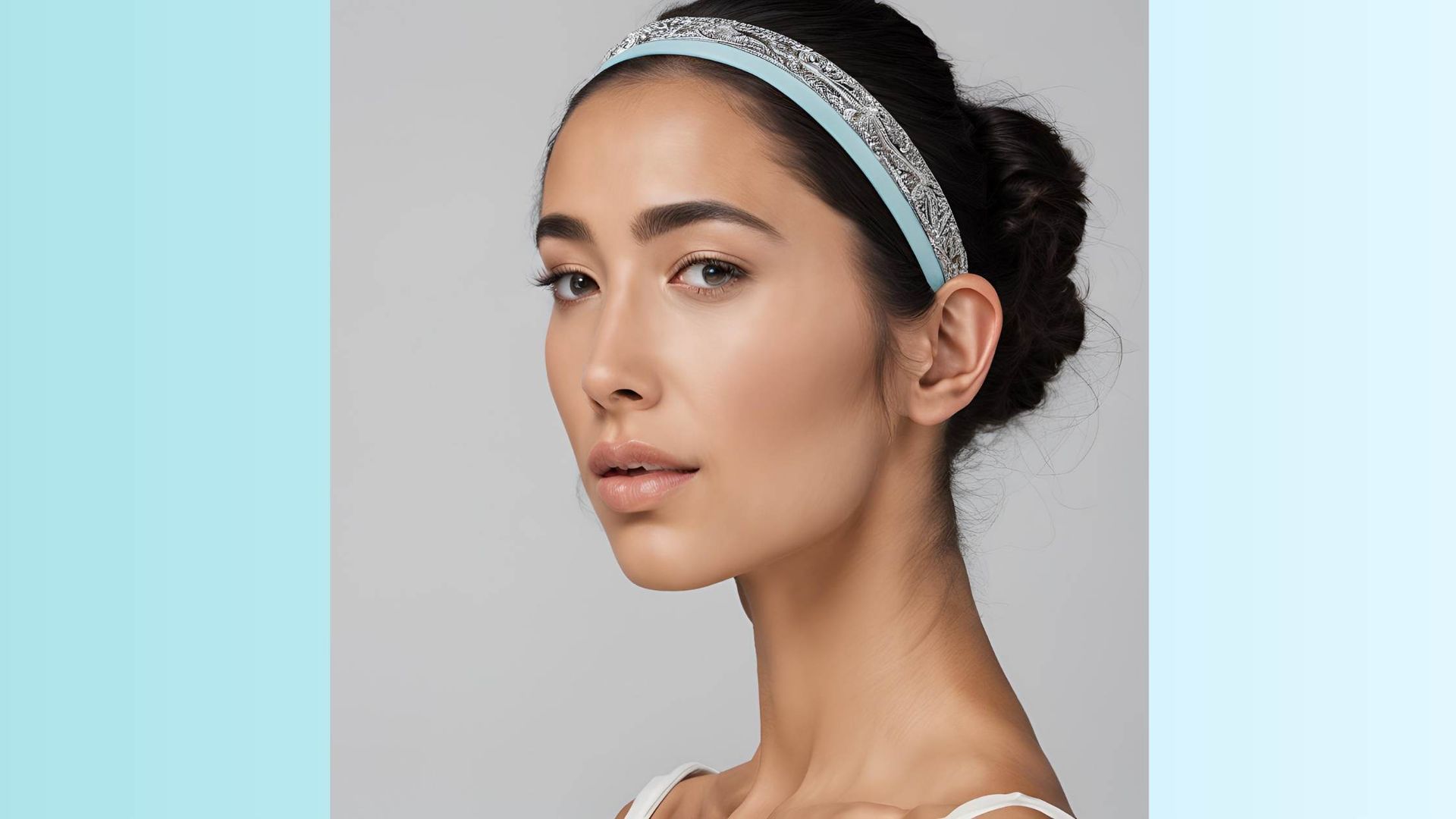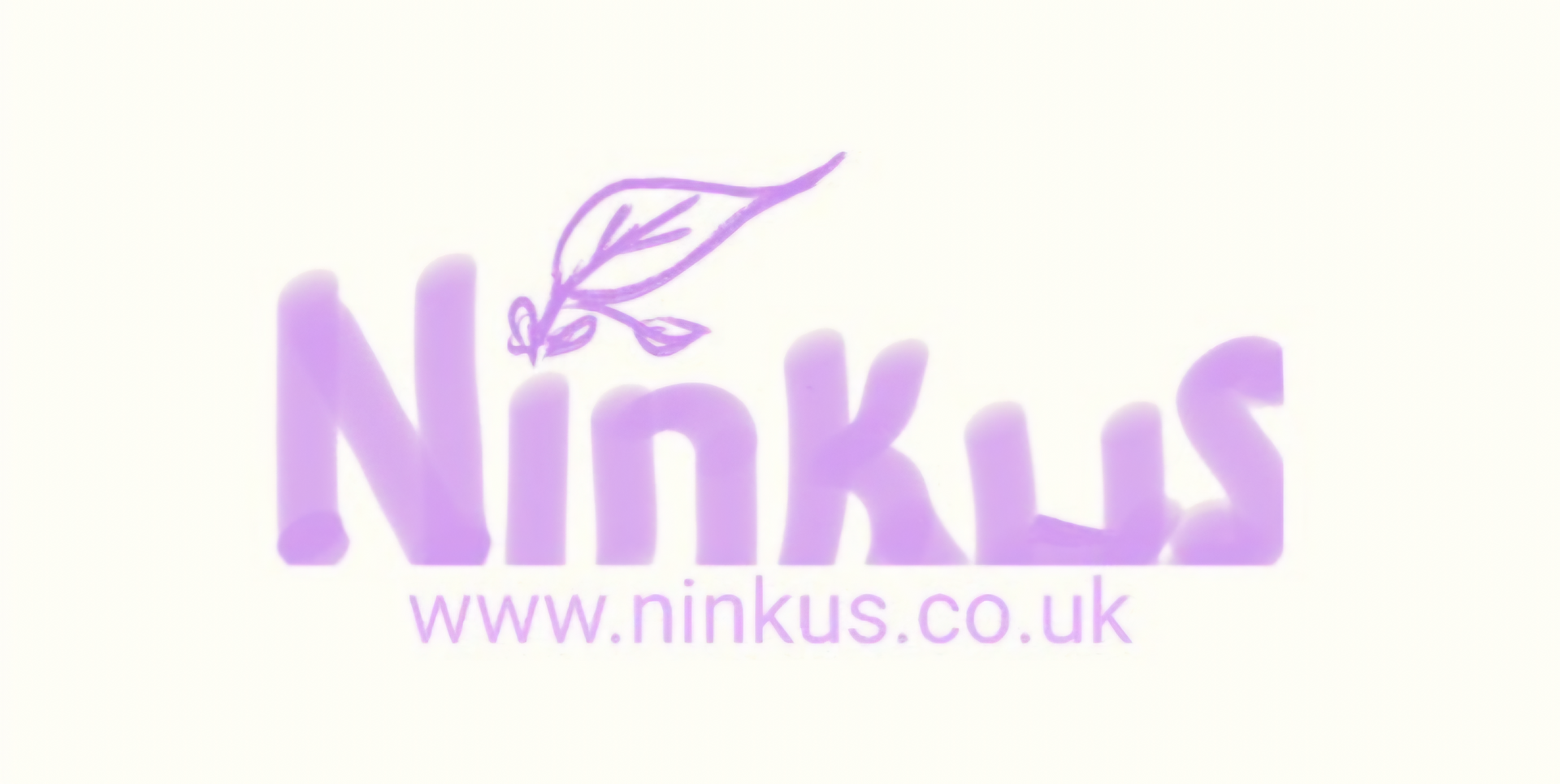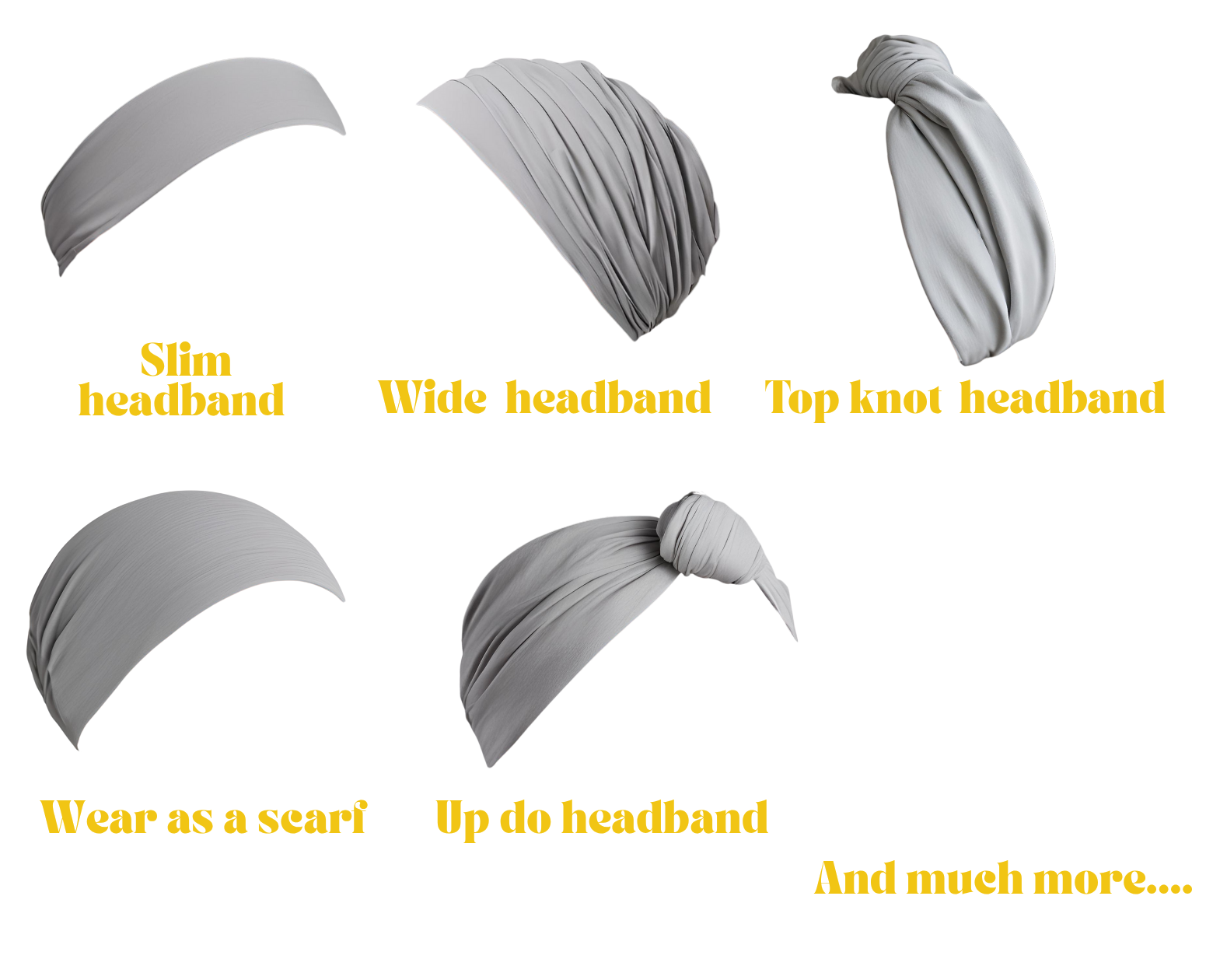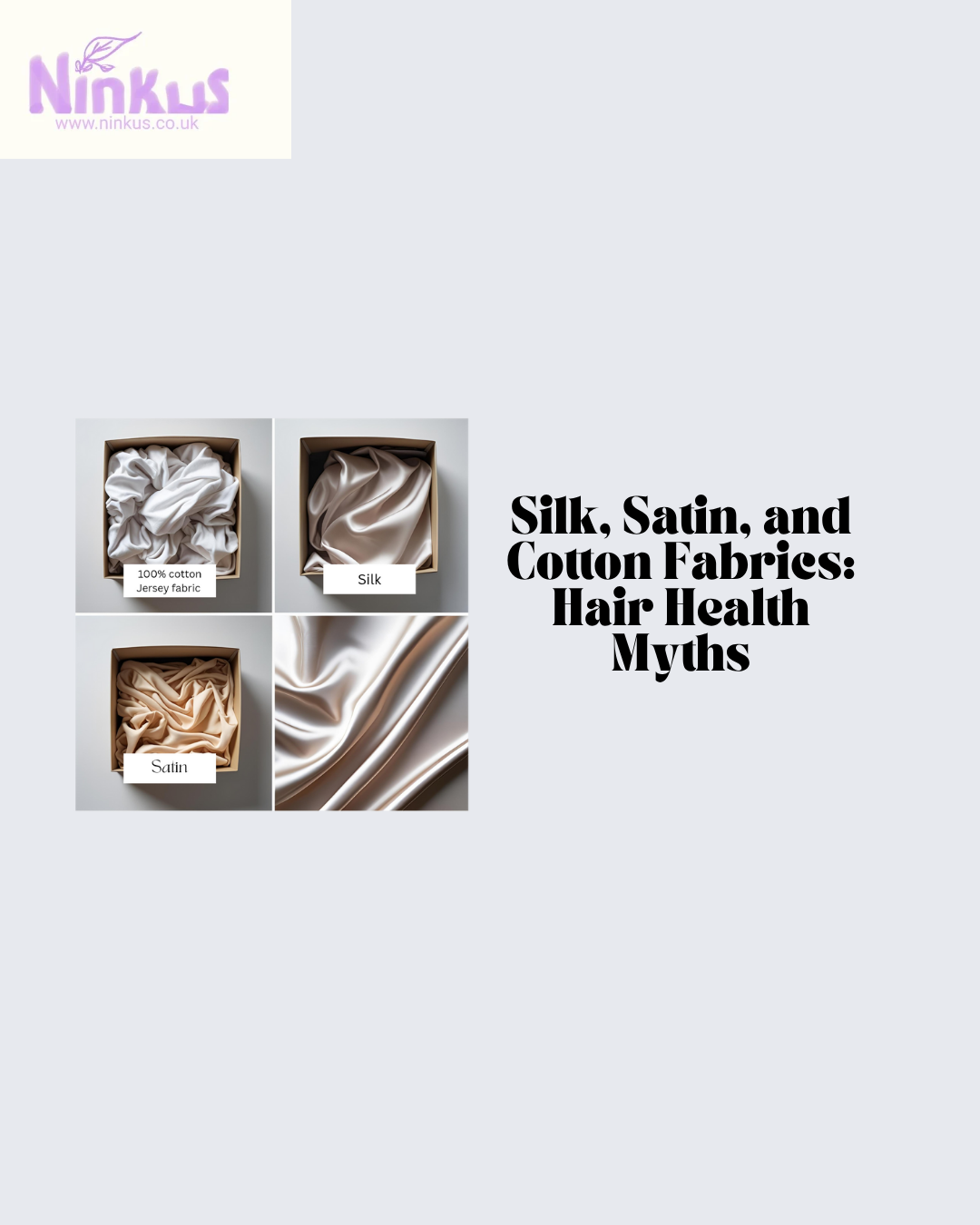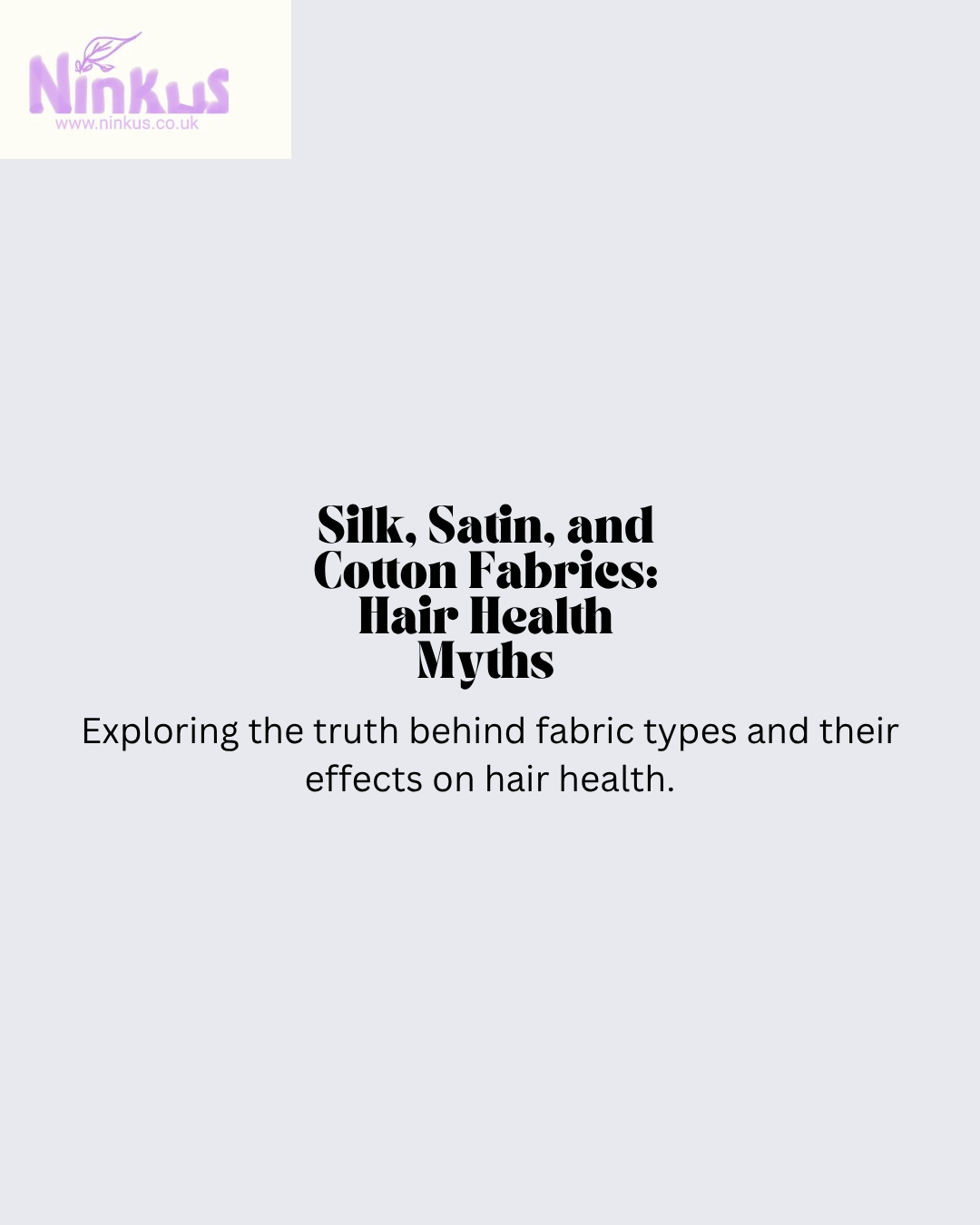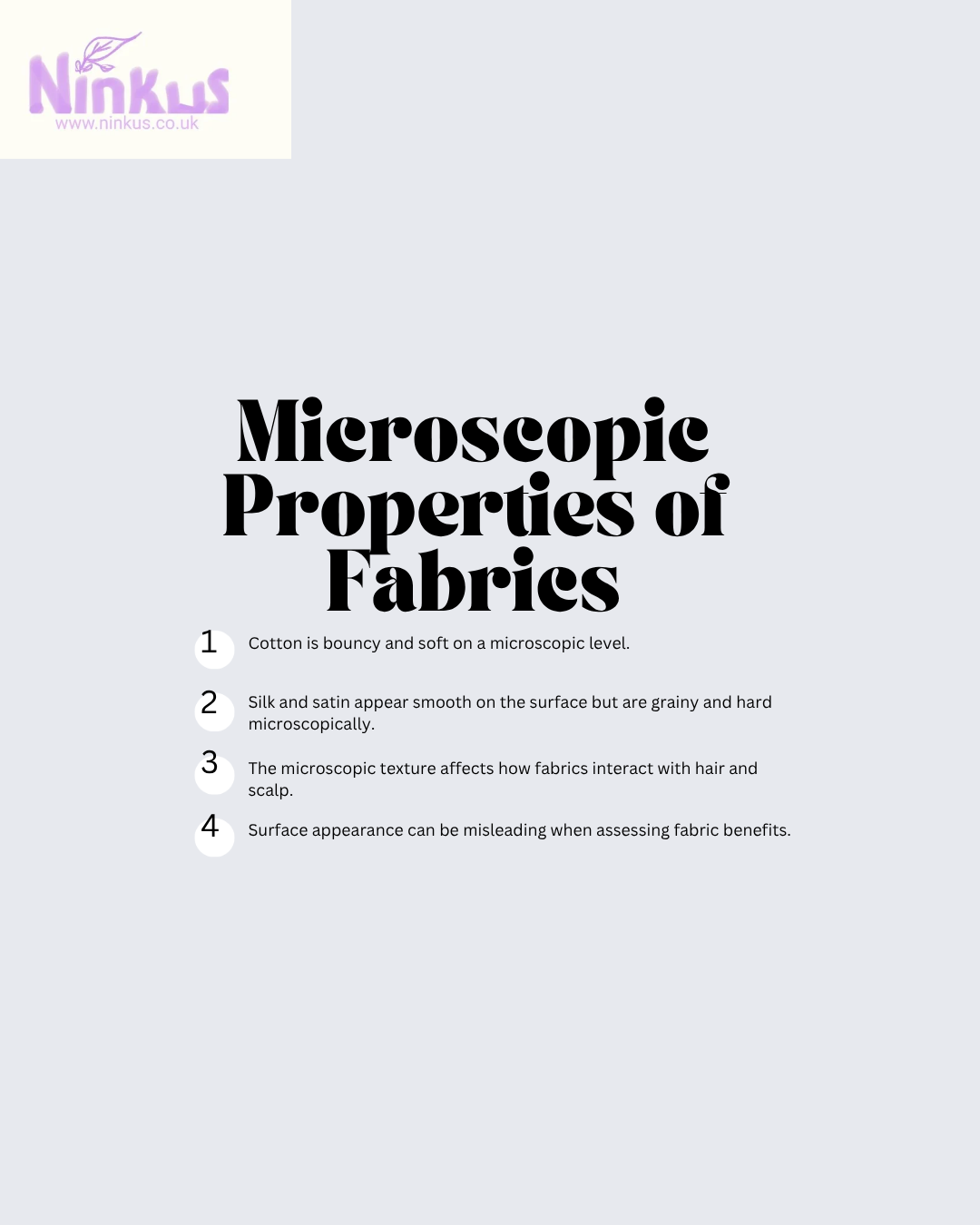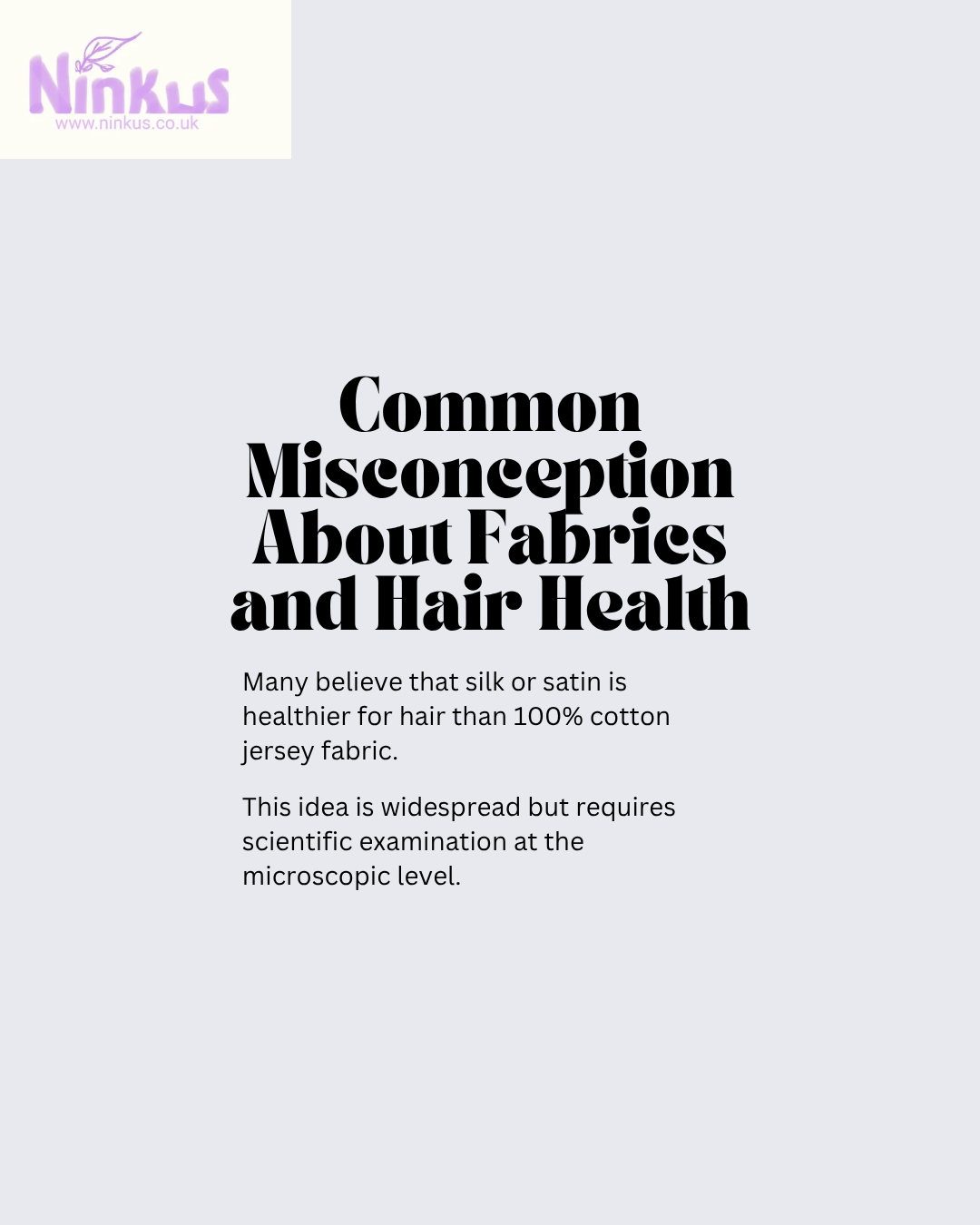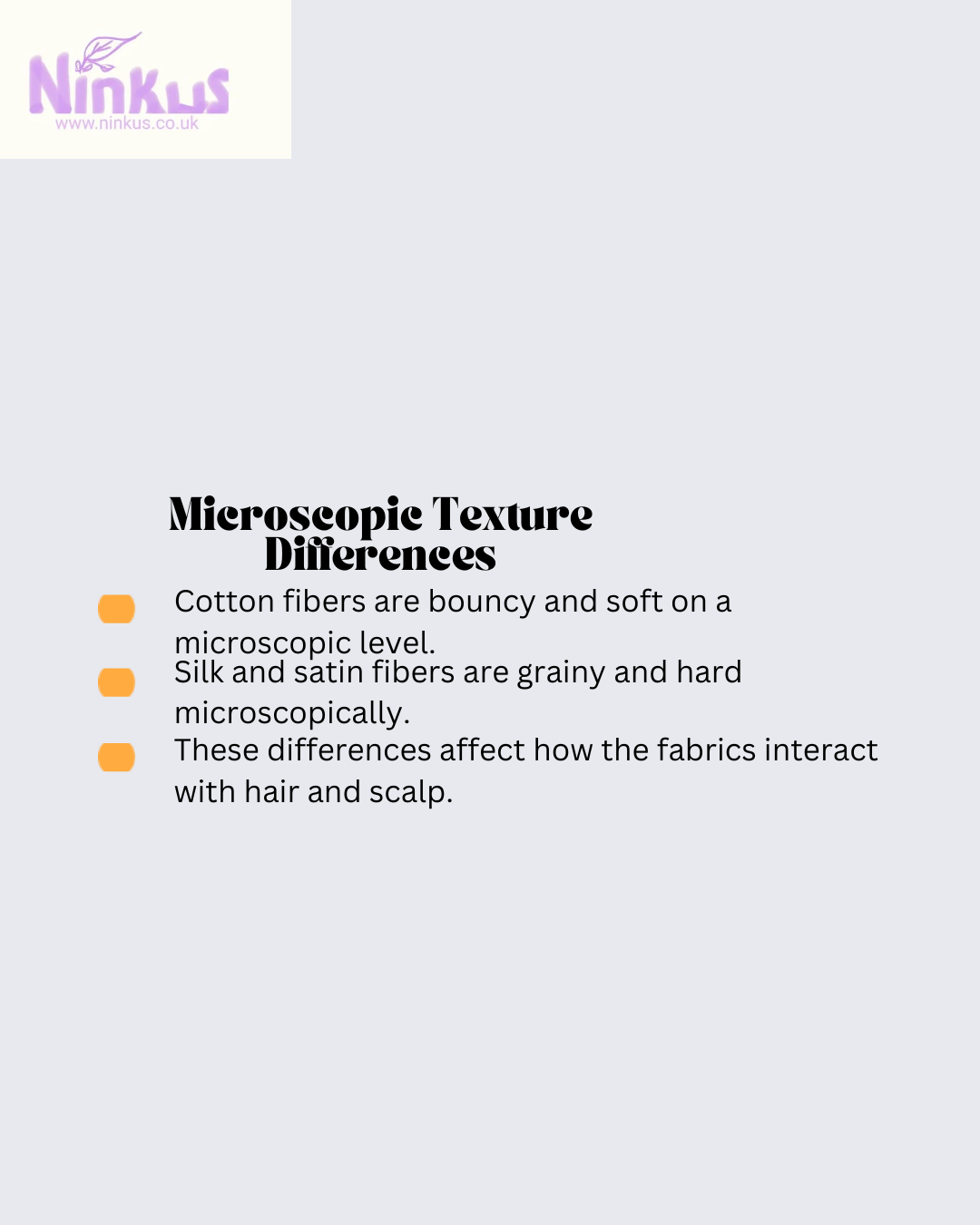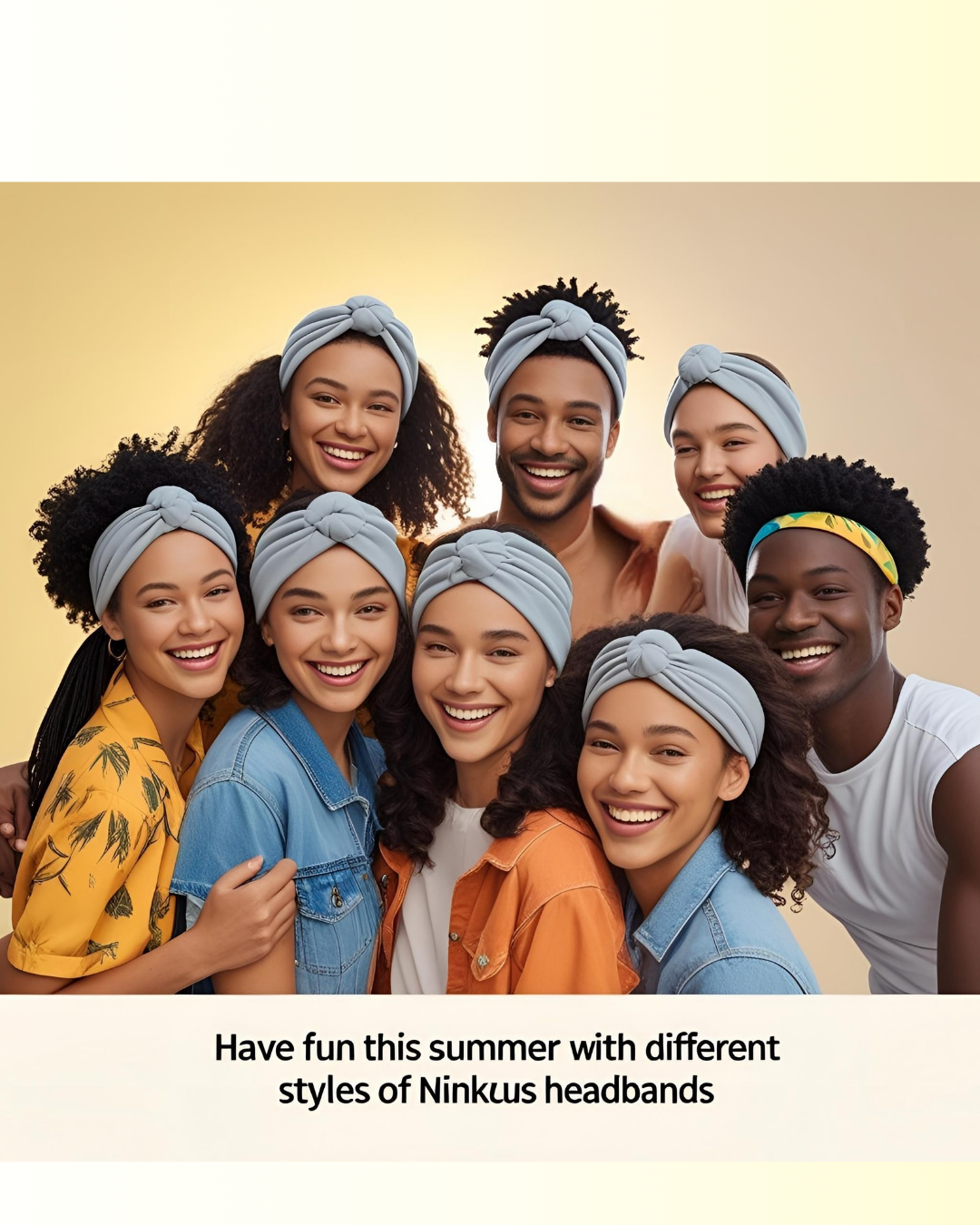The History of Headbands: From Ancient Times to Modern Fashion Ancient Beginnings: The Origins of Headbands
From the start..
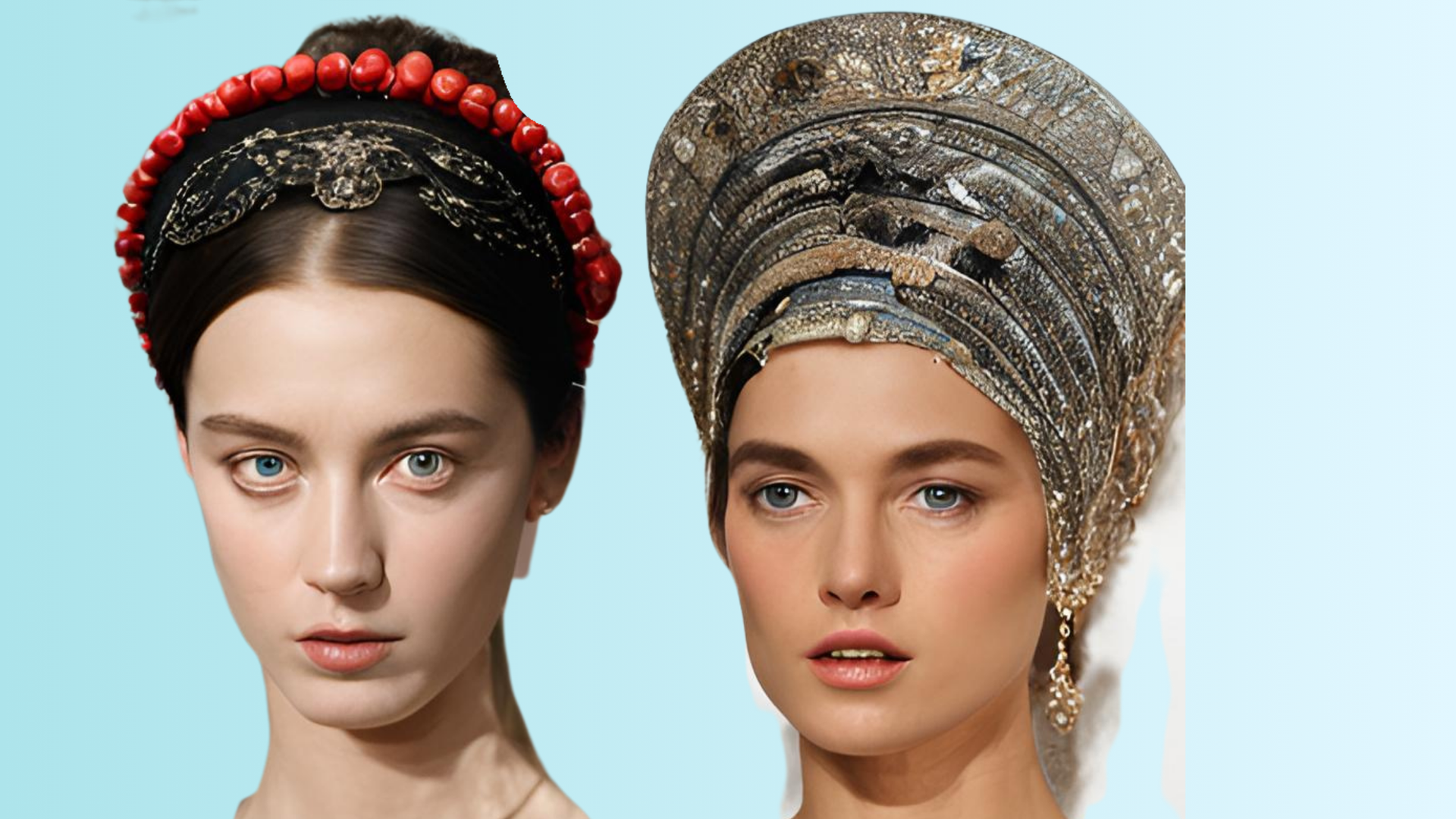
The body content of your post goes here. To edit this text, click on it and delete this default text and start typing your own or paste your own from a different source.
Headbands have a rich and varied history that dates back to ancient civilizations. In times long past, headbands were not merely fashion statements but held significant cultural and symbolic importance. Ancient Greeks and Romans wore headbands, known as fillets, made from wool or linen, as markers of social status and victory. Victorious athletes in Greece were often crowned with laurel wreaths, a form of headband that symbolized success and honor. Similarly, headbands adorned with precious metals and stones were worn by royalty and nobility, representing power and wealth.
Headbands in the East: Cultural Significance
In Eastern cultures, headbands have also
played a significant role, often infused with spiritual and cultural meaning.
In Japan, the hachimaki, a cloth headband, was worn by samurai warriors as a
talisman for strength and courage. These headbands were believed to imbue the
wearer with focus and fortitude during battle. In India, headbands, or pagris,
were integral to traditional attire, symbolizing respect and honor. These
headbands varied in design and material, often reflecting the wearer's region,
caste, and social standing.
The Renaissance and Beyond: A Symbol of Elegance
As Europe moved into the Renaissance
period, headbands transformed into elegant fashion accessories. They evolved to
complement the elaborate hairstyles of the era, crafted from luxurious fabrics
and embellished with jewels. Headbands were worn by both men and women of the
aristocracy, becoming a staple in the sophisticated wardrobes of the time. This
era saw the transition of headbands from purely functional or symbolic items to
decorative pieces that enhanced personal style.
The 20th Century: The Rise of the Modern Headband
The 20th century witnessed a resurgence
of headbands as a fashion accessory, though their popularity waxed and waned
with changing trends. In the 1920s, flapper girls embraced headbands, often
decorated with feathers and sequins, as a part of their iconic style. The 1960s
and 70s saw the hippie movement adopt headbands as symbols of counterculture,
favoring simple, natural materials. These decades marked a period where
headbands were not only about fashion but also about making cultural and
political statements.
The 1980s: Headbands as Fitness Fashion
The fitness craze of the 1980s brought
headbands into the athletic realm, where they became synonymous with exercise
and aerobics. Made from stretchy fabrics like terrycloth, these headbands were
both practical and stylish, absorbing sweat during intense workouts.
Celebrities and fitness gurus popularized the trend, making headbands a
must-have accessory for gym enthusiasts. The bold, colorful designs of the era
reflected the vibrant aesthetic of 80s fashion.
The 21st Century: A Fashion Renaissance
In the 21st century, headbands have
experienced a renaissance, becoming versatile fashion staples. Designers have
embraced headbands in their collections, experimenting with materials, shapes,
and embellishments to create eye-catching pieces. From delicate, bejeweled
headbands for formal occasions to minimalist, fabric styles for everyday wear,
the variety available caters to diverse tastes. The resurgence of headbands is
a testament to their timeless appeal and adaptability in modern fashion.
Celebrities and Headbands: Influencing Trends
Celebrities have played a significant
role in popularizing headbands in contemporary fashion. Style icons like Audrey
Hepburn, Brigitte Bardot, and more recently, the Duchess of Cambridge, have
been spotted wearing headbands, sparking trends and inspiring fashion
enthusiasts. Their influence has cemented headbands as chic accessories that
add an element of sophistication and charm to any outfit. The power of
celebrity endorsements has ensured that headbands remain a staple in fashion.
Cultural Revival: Traditional Meets Modern
In recent years, there has been a revival
of traditional headbands with a modern twist. Designers are drawing inspiration
from cultural heritage, incorporating traditional designs and motifs into
contemporary headbands. This fusion of old and new celebrates cultural
diversity and allows wearers to express their individuality and heritage. Such
designs have gained popularity in global fashion, highlighting the enduring
cultural significance of headbands.
The Headband Industry: Innovation and Sustainability
The headband industry has seen innovation
with the introduction of sustainable materials and ethical production
practices. As consumers become more environmentally conscious, there is a
growing demand for headbands made from eco-friendly materials such as organic
cotton, recycled fabrics, and biodegradable fibers. Brands are responding to
this demand, offering sustainable options that appeal to environmentally-minded
consumers. This shift towards sustainability reflects broader trends in the
fashion industry, where ethical production is becoming increasingly important.
The Future of Headbands: Endless Possibilities
Looking ahead, the future of headbands
seems bright, with endless possibilities for innovation and creativity. As
fashion continues to evolve, headbands will likely remain a beloved accessory,
adapting to new styles and trends. Whether used as a practical tool, a cultural
symbol, or a fashion statement, the headband's versatility ensures its place in
the world of fashion. With designers continually pushing the boundaries of
design, headbands are poised to remain an integral part of personal style for
generations to come.
